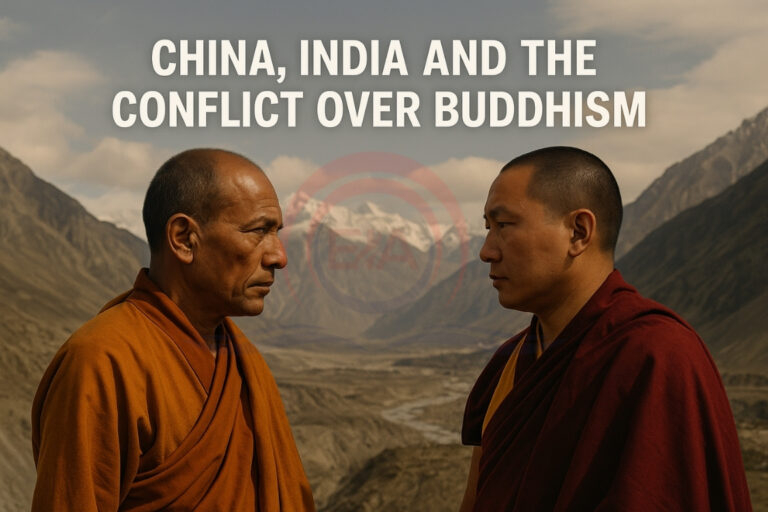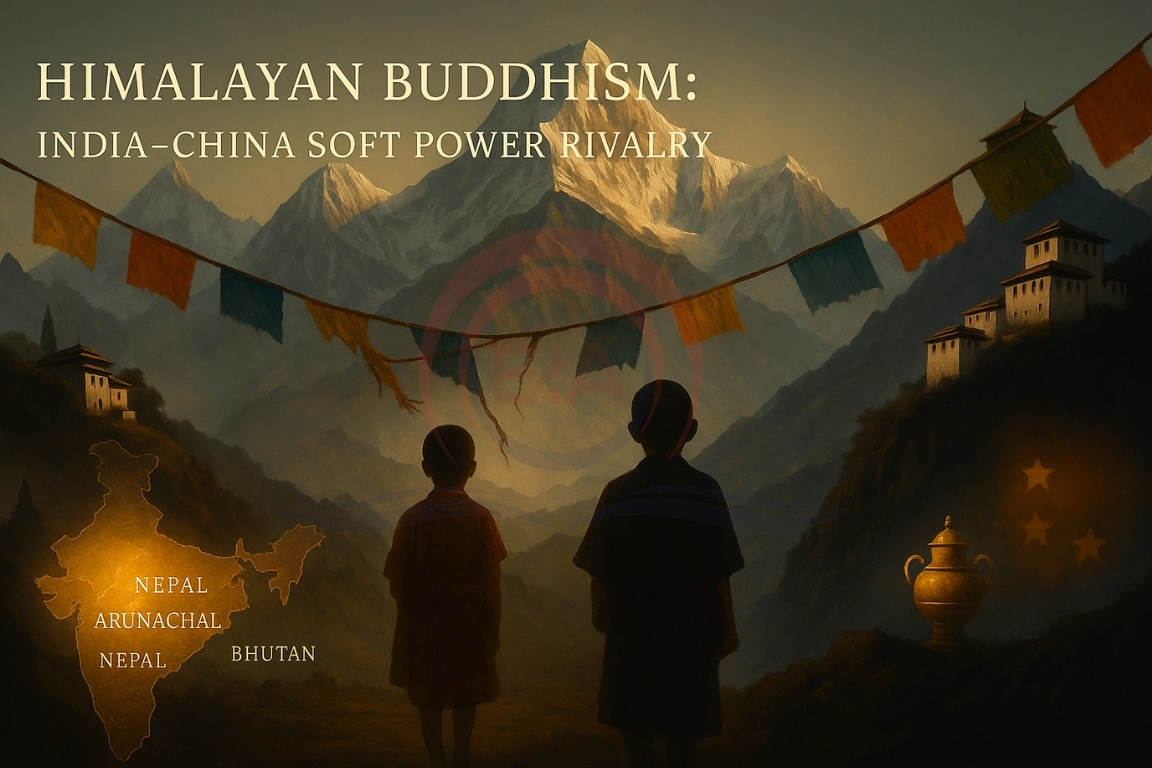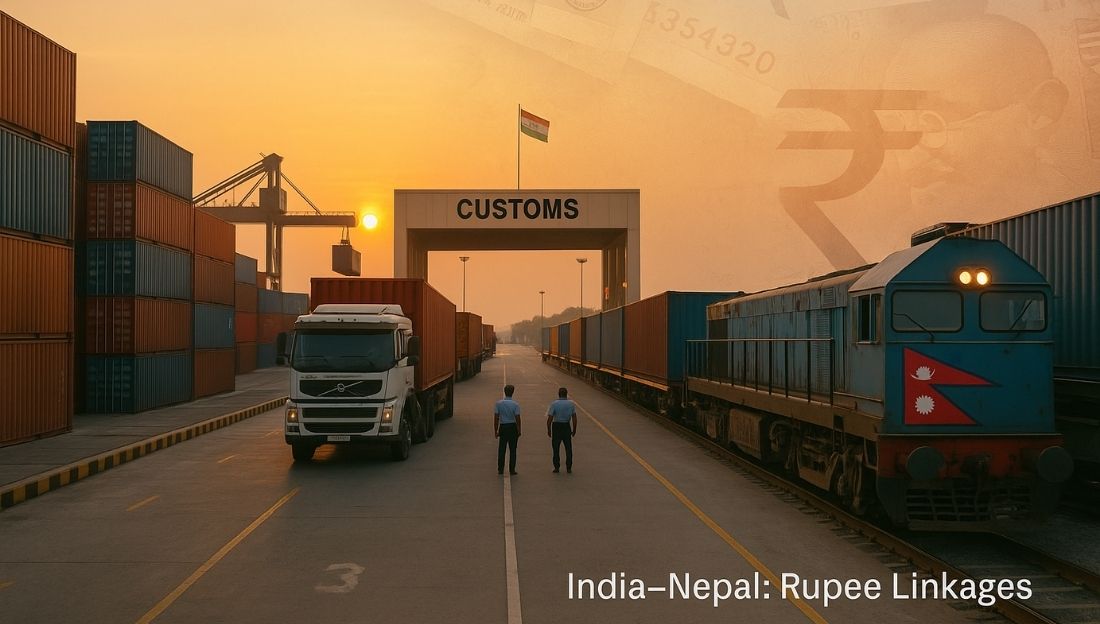China and India are engaged in a growing rivalry over control and influence in Himalayan Buddhism, especially regarding the future reincarnation of the Dalai Lama. This soft power struggle holds serious strategic and geopolitical implications in the region.
The New Front in Indo-China Rivalry
- The main conflict between India and China is no longer limited to land borders or the Indo-Pacific, but now includes cultural and spiritual influence in the Himalayas.
- Buddhism, especially Tibetan Buddhism, has become a tool of geopolitical strategy.
China’s Strategy: Controlling Tibetan Buddhism
- Since the 1950s, China has tried to dominate Tibetan Buddhism by: Controlling monasteries and lamas. Declaring in 2007 that all Buddhist reincarnations must be approved by the Chinese state.
- China runs a database of “approved lamas” and monitors religious activities.
- Sacred sites are being developed using Chinese funds to build loyalty.
- Promoting Buddhist ties across borders — in Nepal, Bhutan, and even Mongolia.
India’s Approach: Playing Catch-Up
- India has hosted the Dalai Lama and the Tibetan government-in-exile since 1959.
- Recently, India started focusing on Buddhist diplomacy: Promoting India as the land of Buddha’s birth. Building Buddhist circuits and pilgrimage routes.
- However, India’s efforts are still fragmented compared to China’s centralized push.

The Succession Crisis of the Dalai Lama
- The 14th Dalai Lama has hinted he may reincarnate outside Chinese-controlled territory, likely in India.
- China is expected to name its own Dalai Lama using the “Golden Urn” method.
- This may result in two rival Dalai Lamas, splitting global and Himalayan Buddhist communities.
Strategic Implications
- In places like Ladakh, Arunachal, Bhutan, and Nepal, spiritual influence equals strategic loyalty.
- Buddhist sect splits (like the Karmapa issue) have become proxy conflicts between India and China.
- Soft power here becomes hard power — monasteries shifting loyalty can change local geopolitics.
WHAT IS SOFT POWER?
Soft power is a country’s ability to influence others through attraction and persuasion rather than coercion or force (which is called hard power). The term was coined by American political scientist Joseph Nye.
It involves shaping the preferences of others using:
- Culture
- Political values
- Foreign policies
Examples of India’s Soft Power
Culture & Heritage
- Bollywood films are popular in countries like Russia, Central Asia, Africa.
- Yoga, Ayurveda, and Indian spirituality attract global interest.
Diaspora Influence
- Indian diaspora (30 million+) strengthens India’s image abroad.
- Indian-origin leaders in countries like the U.K., U.S., and Canada reflect India’s global respect.
Democracy & Values
- India’s democratic values and Constitution are appreciated in the developing world.
Conclusion:
The struggle over Buddhism between India and China is not just religious but a significant strategic front. Controlling faith networks in the Himalayas can reshape border politics and influence future alignments in Asia.





